Introduction
Quality control (QC) is one of the most important impacts on laboratory testing—it ensures both precision and accuracy of patient sample results.
When quality control works effectively, it is able to find and correct flaws in the analytical processes of a lab before potentially incorrect patient results are released.
This course focuses on providing a systematic, process-oriented approach to meeting quality objectives, and delivering consistent, high-quality, cost-effective laboratory services through the implementation of a QC.
DON'T WAIT LONG!
JOIN US NOW!
Objectives
By the end of this session; the candidates will be able to:
- Define and apply the basic elements of quality control and implement quality control program in the laboratory.
- Define, calculate and apply the following statistics :
Mean, standard deviation, coefficient of variation, coefficient of variation ratio and standard deviation
- Describe, choose and apply each of the Westgard rules
- Identify which Westgard rules identify random errors and which rules identify systematic error
- Identify and differentiate trend and shift
- Identify and differentiate random errors and systematic errors
- Construct a Levey-Jennings chart and evaluate graph data for out of control events
- Assess instruments, reagents and control products using the coefficient of variation
- Evaluate within lab precision using the coefficient of variation ratio
- Evaluate laboratory accuracy using the standard deviation index
- Choose and/or recommend control materials based on shelf life, box pricing, clinically relevant decision
Main theme
It is an online session, about four interactive hours for two days, encouraging the interaction style between the participants and the speaker.
This Course For :
Speaker
Price
Course Fee
Full Course
 230
230 See Registration Policies, Cancellations & Refunds
Contact Information
Organization : Virtual Medical AcademyPhone : 920008161
Email : [email protected]
 230
230
VAT Included
 20 Apr 2020 To 21 Apr 2020
20 Apr 2020 To 21 Apr 2020 -
 07:00 PM To 09:00 PM
07:00 PM To 09:00 PM  Certificate Available
Certificate Available  Online
Online
- 99




